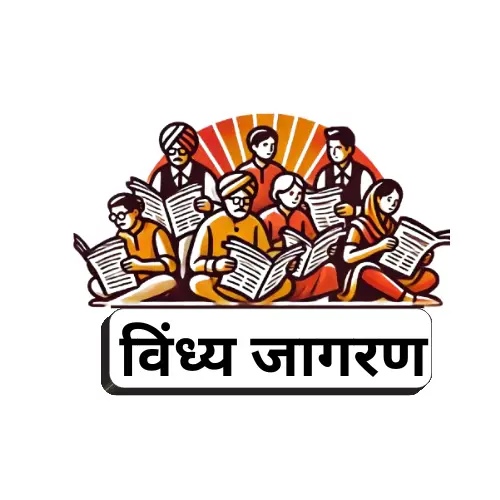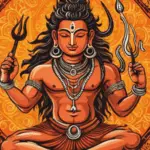Bhagavad Gita also known as Gita is a conversation between Arjun and his dear friend Krishn who is the supreme personality of godhead. It contains 18 chapters that highlight self-realization, duty, and understanding the eternal truth of the Almighty, it gives one individual peace.
| S.No. | Chapter Name | Verses |
|---|---|---|
| 1 | Observing the armies on the battle field of kurukshetra. | 46 |
| 2 | Contents of the Gita summarized | 72 |
| 3 | Karma-Yoga | 43 |
| 4 | Transcendental knowlege | 42 |
| 5 | Action in Krishn counsciousness | 29 |
| 6 | Dhyana yoga | 47 |
| 7 | Knowledge of the Absolute | 30 |
| 8 | Attaining the Supreme | 28 |
| 9 | The most Confidential knowledge | 34 |
| 10 | The opulence of the Absolute | 42 |
| 11 | The Universal form | 55 |
| 12 | Devotional service | 20 |
| 13 | Nature, The Enjoyer and Consciousness | 35 |
| 14 | Three modes of Material Nature | 27 |
| 15 | Yoga of the Supreme Person | 20 |
| 16 | The Divine and Demoniac Nature | 24 |
| 17 | The Divisions of Faith | 28 |
| 18 | The perfection of Renunciation | 78 |
History
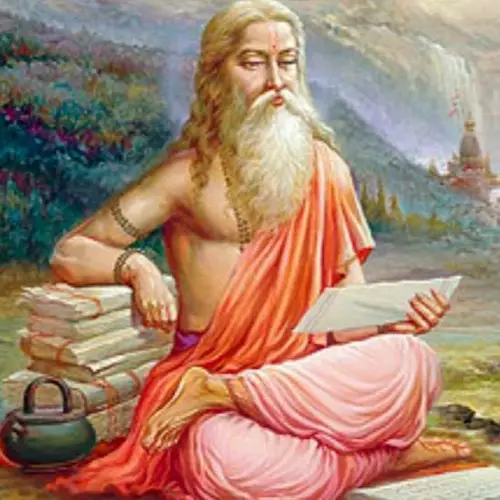
The Bhagavad Gita is the only book that contains direct and exact words spoken by the supreme personality of godhead Shri Krishn. It is written by Vyas Muni, around 5000 years ago. The Pandav including Arujun offered a peaceful resolution to the Kurus family but they rejected which led to a decisive battle. The warrior Arjun was facing a dilemma and Krishn explained to him the real meaning of life, ordering him to do his karma and not worry about the results. It was a way to give life lessons to every individual through the conversation between Arjun and Krishn on the battlefield of Kurukshetra. Gita is a part of Mahabharat.
Key Concepts
Dharma (Duty): The importance of fulfilling one’s duty without desiring the result because everything is pre-planned by Shri Krishn.
Karma (Selfless actions): The soul is eternal but the body is temporary thus attachment to a temporary material body is grief. Selfless action is a path to moksha.
Yoga (Path to Moksha):
Bhakti yoga: Surrendering to the Almighty
Jnana yoga: Studying of Vedas and self-realization
Karma yoga: Doing everything for Krishn with his mercy
Raja yoga: Control of mind and meditation
It is mentioned in the Bhagavad Gita that Bhakti yoga is the easiest way to attain liberation.
Teachings of the Bhagavad Gita
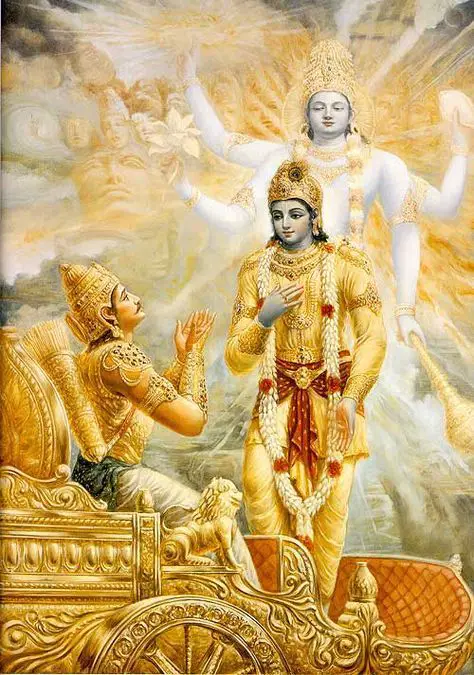
The Gita offers valuable lessons on life challenges. It says life is like a battlefield fight with confidence. Surrender your action to Krishn and not desire results. Our soul is eternal, body is like a cloth we change every day. Accept everything as krishn’s Leela, Every action should be dedicated to krishn. He is your dear friend, your family, your everything, and is always there for you.
Relevance in modern times:
In a world, where everyone is disturbed and struggling for inner peace. Gita insights into stress management, and decision-making. By practicing mindfulness and following the principle of detachment from the material world. one can realize the goal of life with the help of the Bhagavad Gita.
Impact on Western Philosophy & Thought:
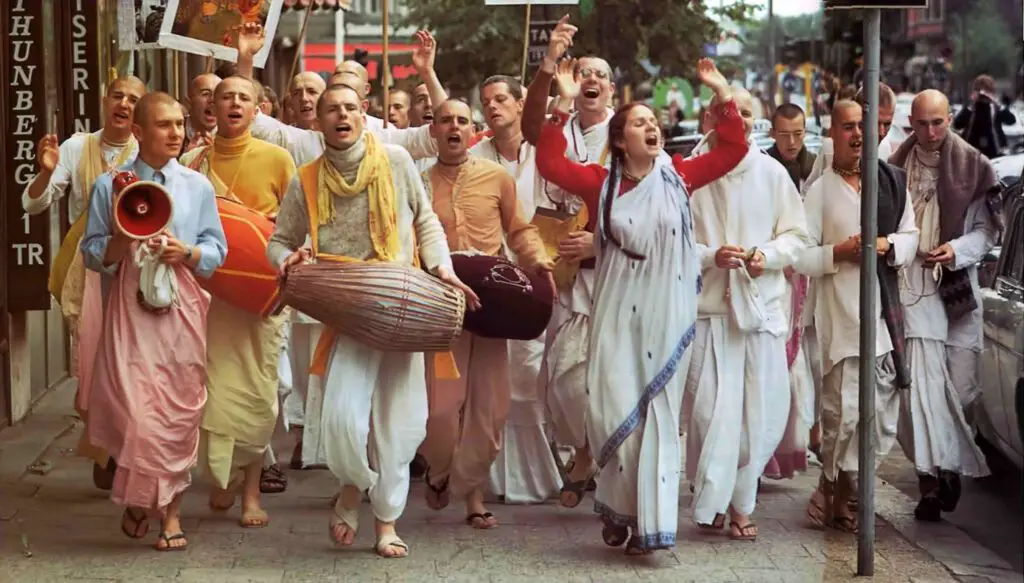
In India, the Bhagavad Gita is a highly respected book that has been guiding for centuries. people in Western and Eastern countries as well have discovered the wisdom of the Bhagavad Gita. It inspired various readers, and writers and it has many copies in different languages for a better understanding of people.
Robert Oppenheimer (father of atomic Bombs) preferred Bhagawad Gita for guidance during World War II, This book is not about science but about life. Oppenheimer quoted after the first bomb test and said “Now I’m Death, The Destroyer of World.” This is the impact of how deeply Gita’s ideas touched him.
Albert Einstein felt a connection between his physical work which he was doing in scientific work and Spiritual concepts of Bhagavad Gita.
Many more individuals consider the Bhagavad Gita as the Best book and learn life lessons from it.
Misconceptions:
Misrepresentation of the Bhagavad Gita leads to confusion about cultural appropriation. It is a must to approach the book with humility & willingness to learn the teachings of life, rather than reading for personal gain and Validation.
FAQs
1. Is the Bhagavad Gita only for Hindus?
No, The Bhagavad Gita is for one who is disturbed, full of stress, can’t concentrate on anything, wants to achieve the goal in life and wants inner peace, happiness, and stable mental health by krishn’s mercy can read Bhagavad Gita and change the way of their life.
2. How can I study Bhagavad Gita efficiently?
Read a translation of the book in your language, and participate in group discussions of devotees for a better understanding of the teachings in Gita.
Tip: Do Hare krishn Maha Mantra “Hare Krishn Hare Krishn, Krishn Krishn Hare Hare, Hare Ram Hare Ram, Ram Ram Hare Hare” jaap for 5 minutes per day before or after reading Gita for concentration. it is like a warm-up session.

